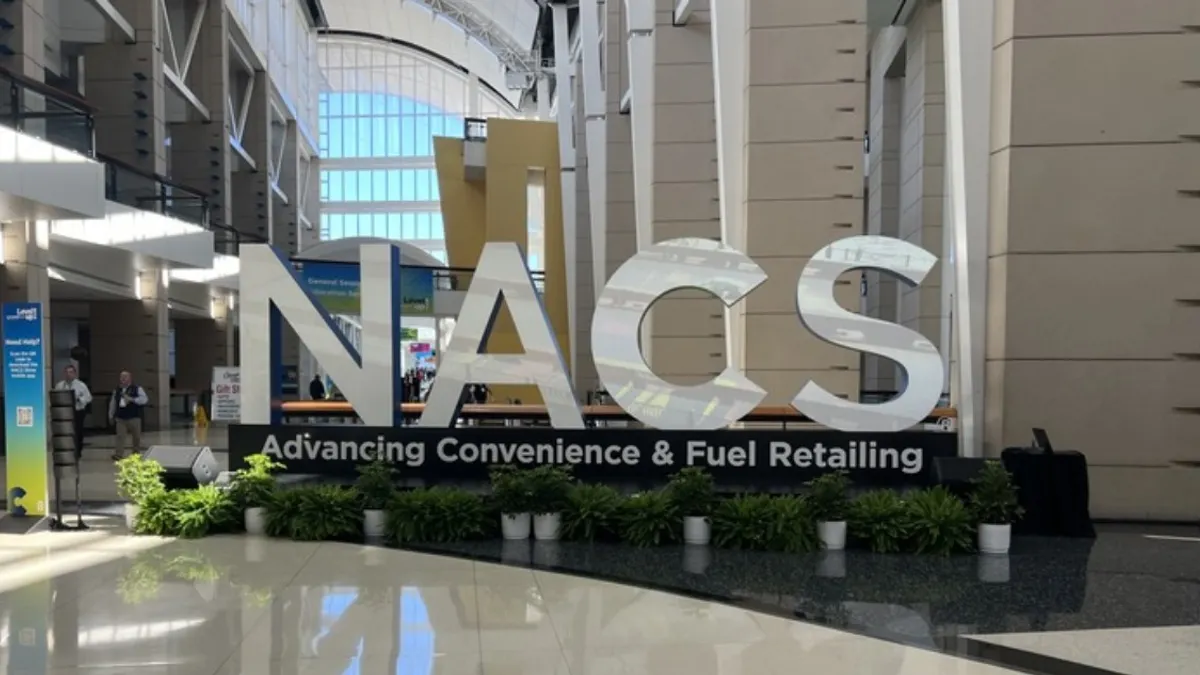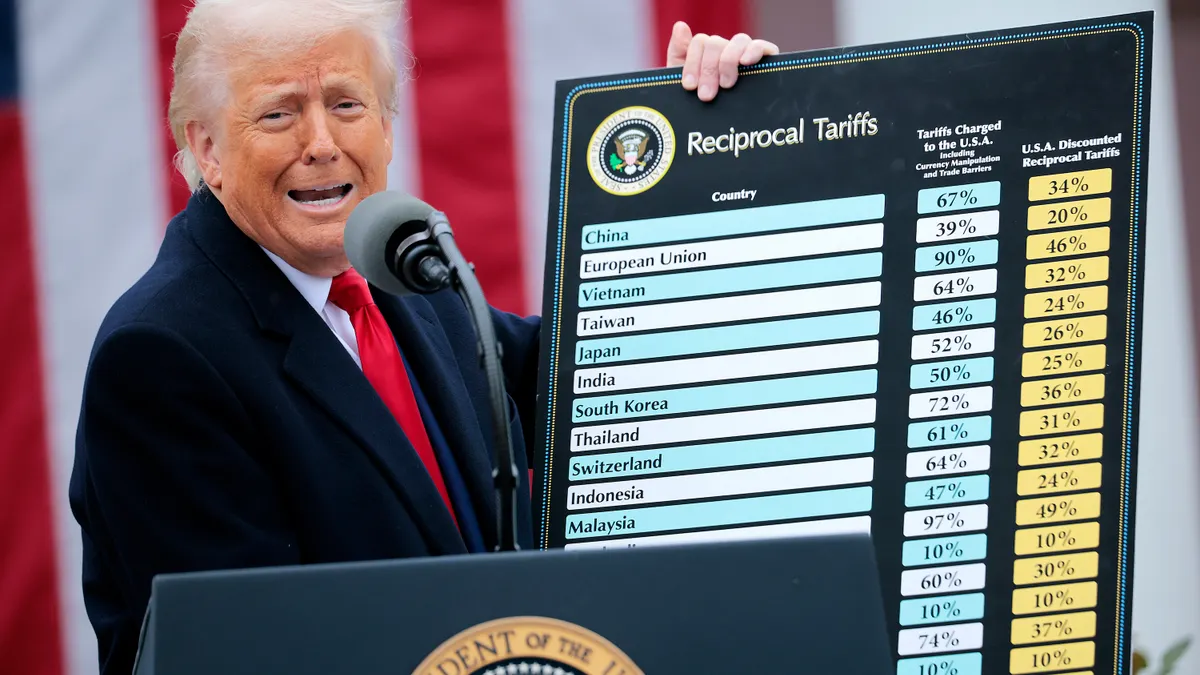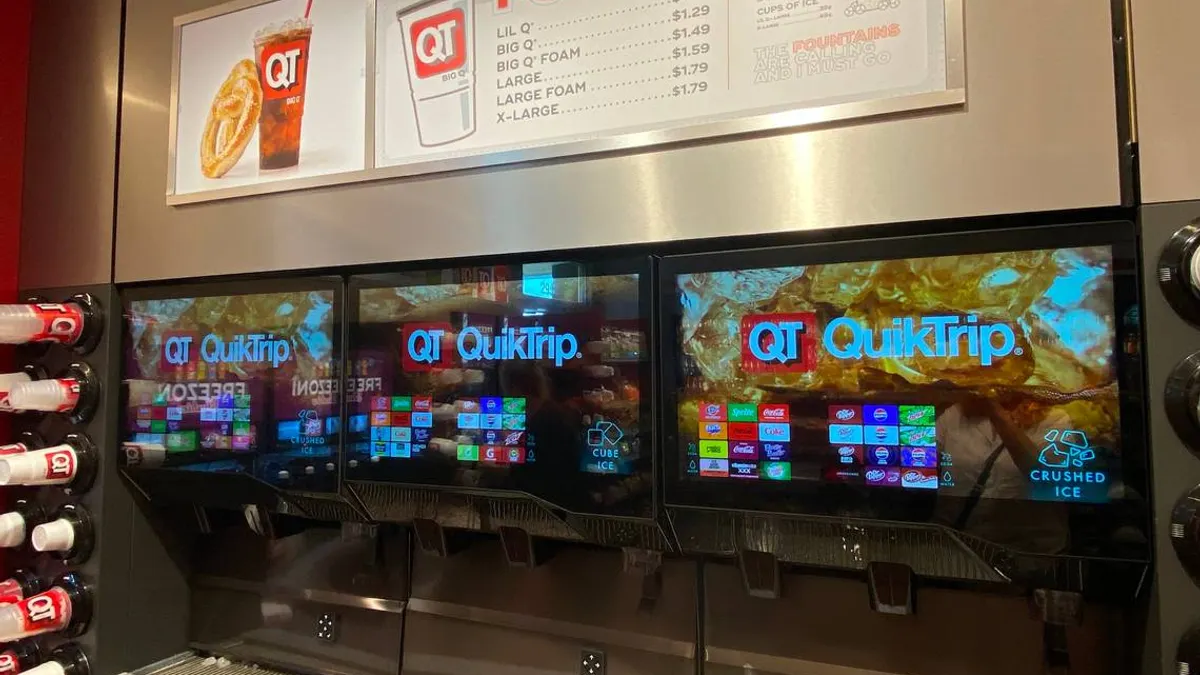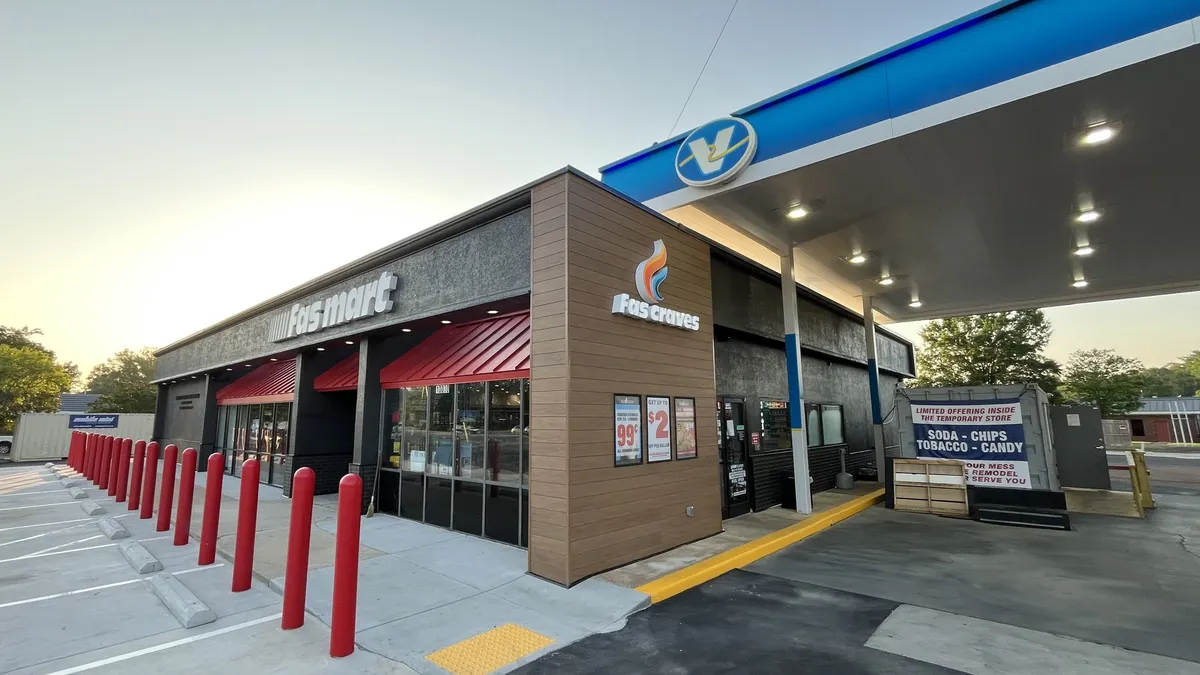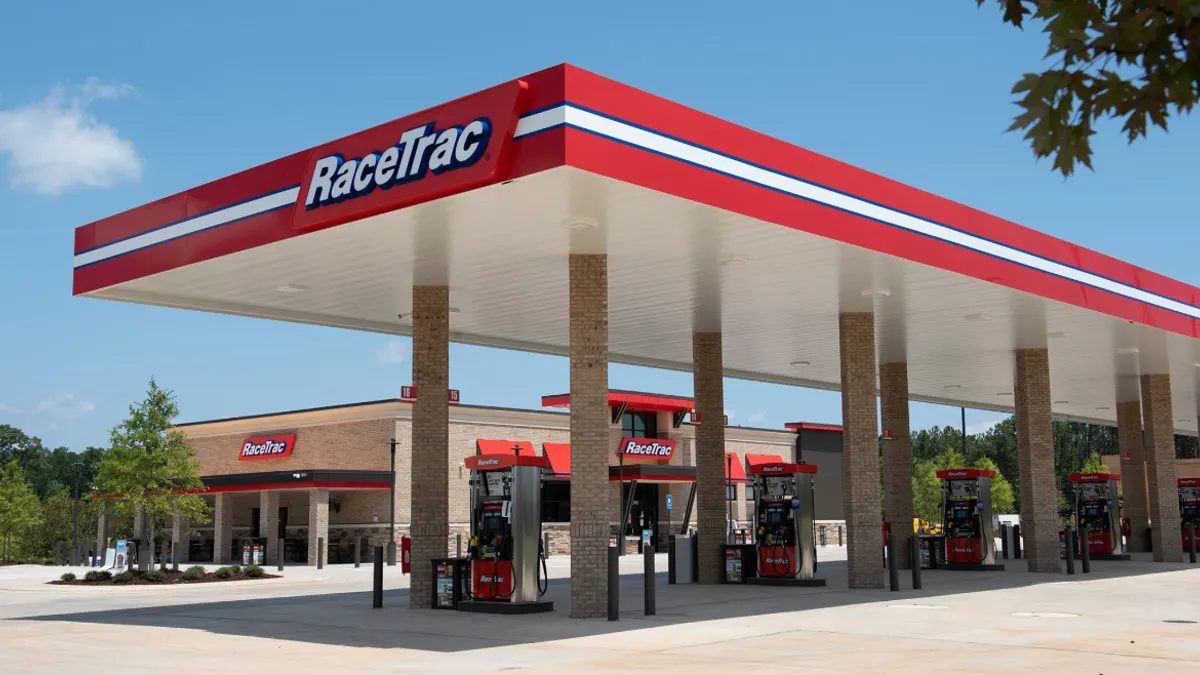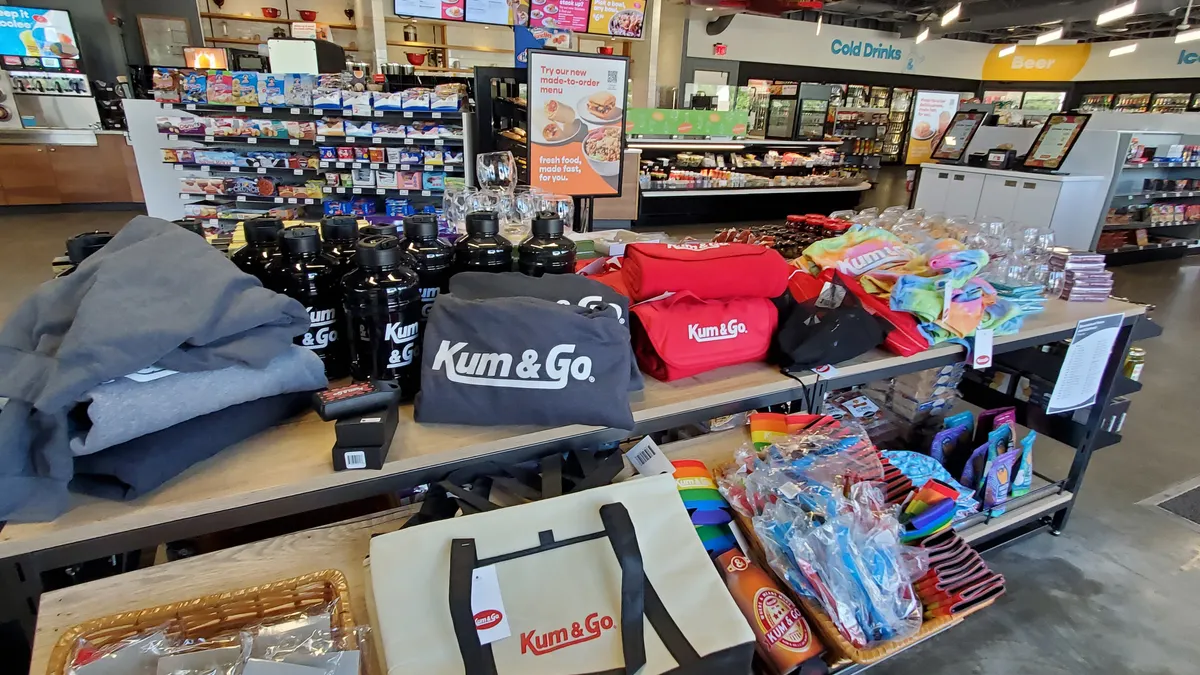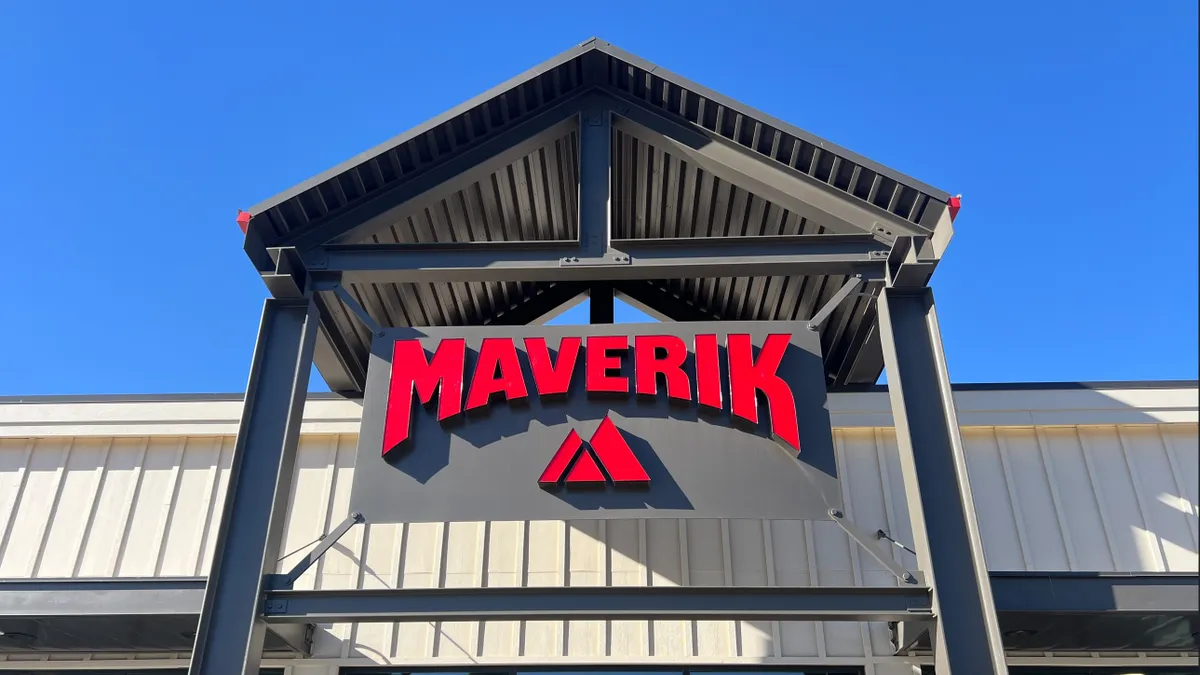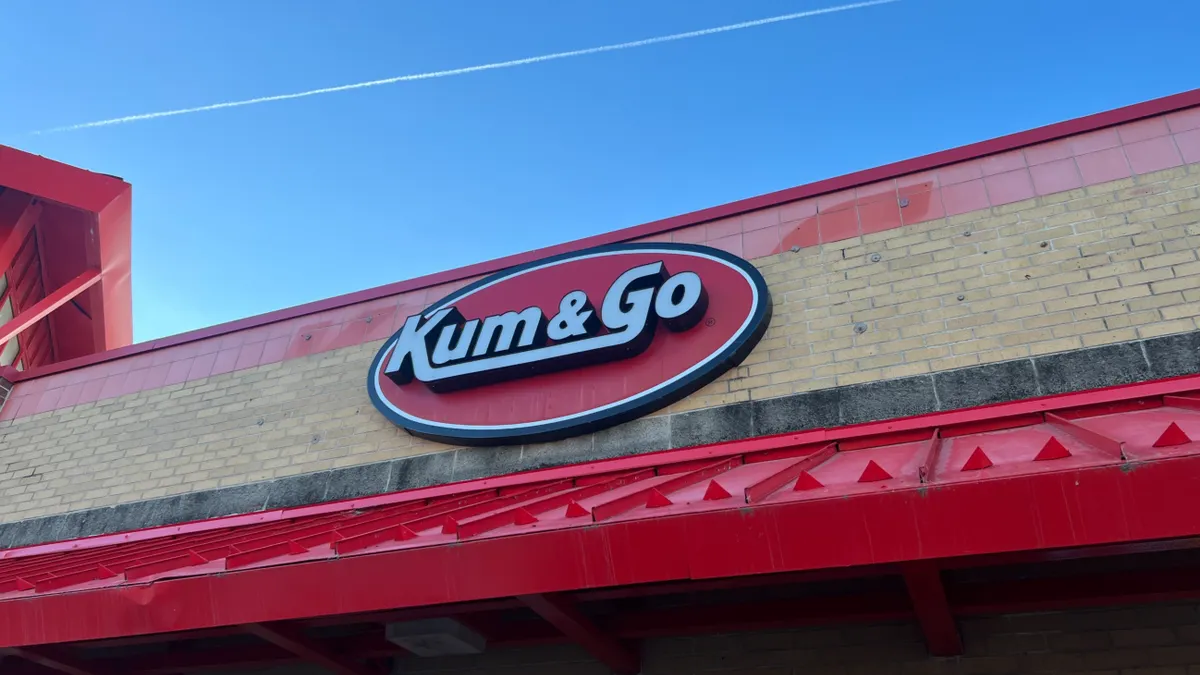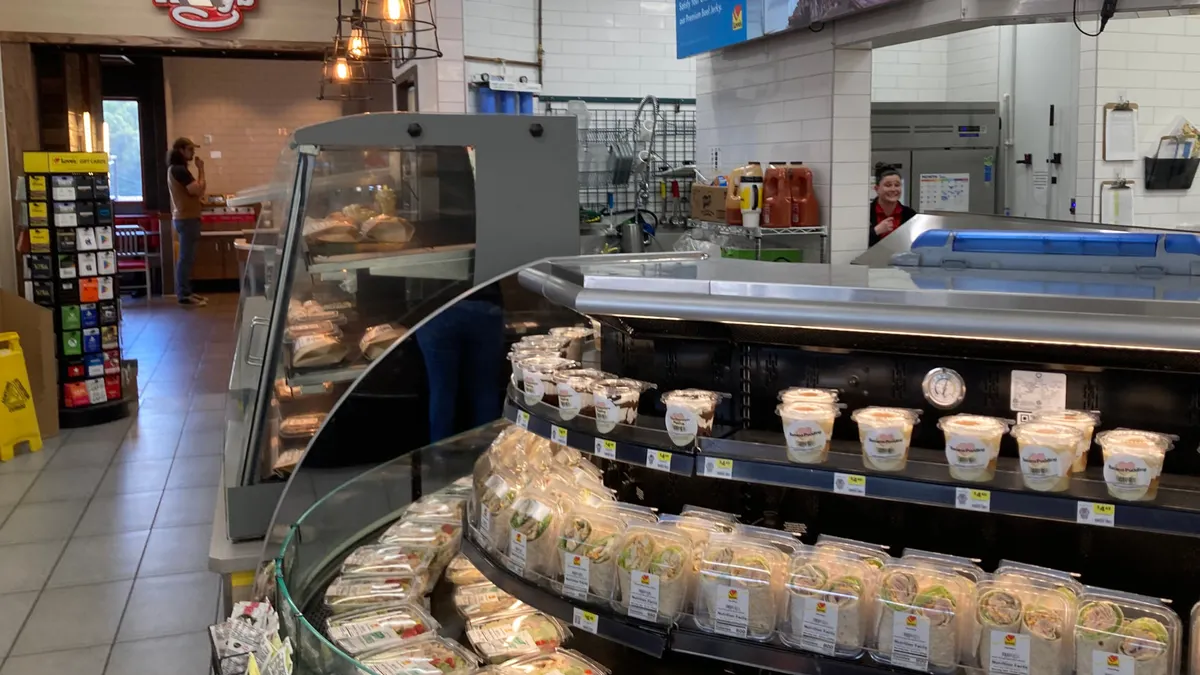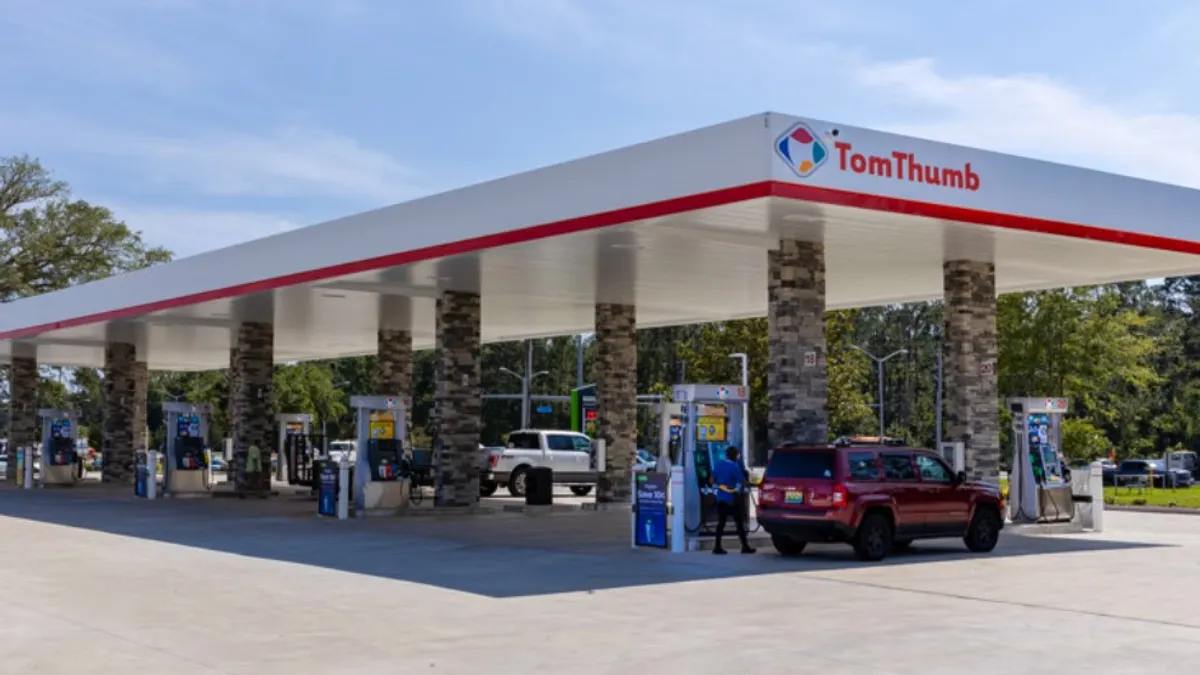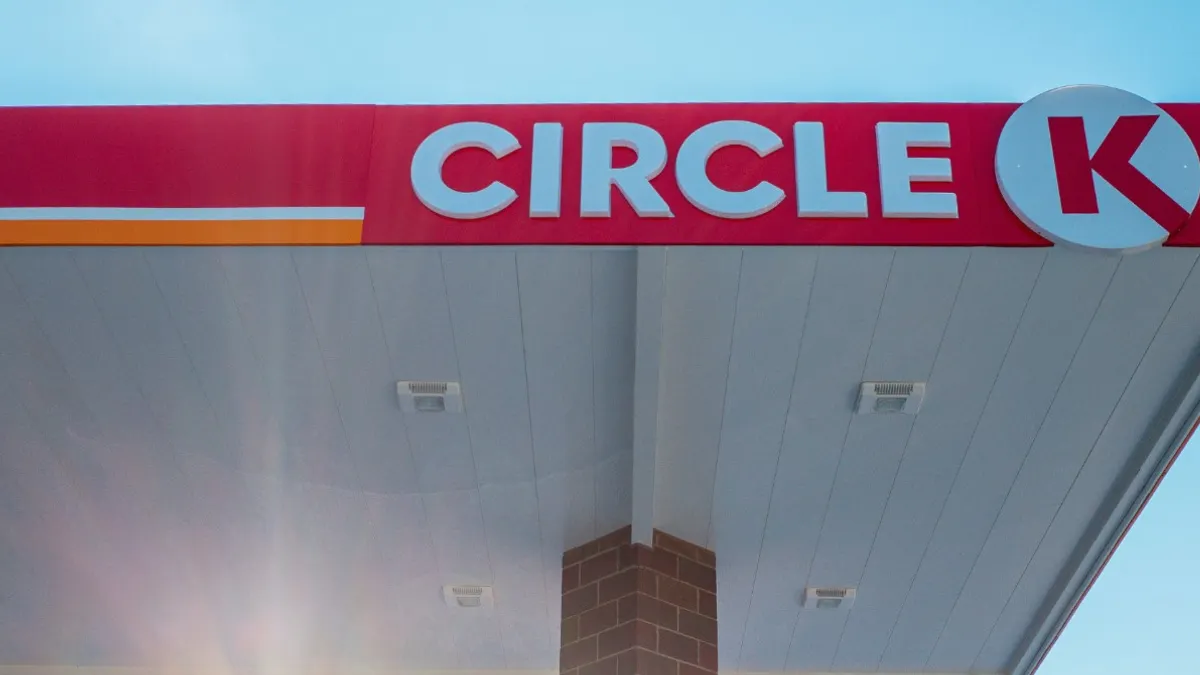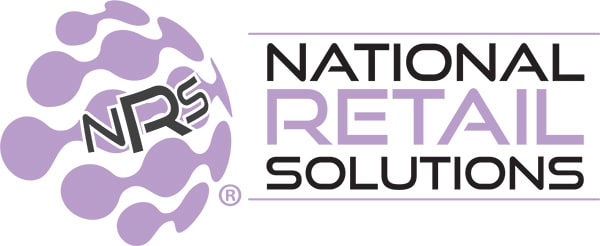Day 1 of this year’s NACS Show had no shortage of insights for attendees eagerly awaiting the opening of the show floor Wednesday. Education sessions covering snacking trends, safety, fuel profitability and more took place on Tuesday, as c-store retailers and suppliers from around the globe flocked to Chicago’s McCormick Place.
Here’s what caught our attention on Day 1 of the c-store industry’s biggest annual event.
Snack innovation is thriving
Convenience retailers are always looking for ways to boost snack and candy sales through clever in-store merchandising. But now more than ever, the product selection might dictate how snacks and candy perform in c-stores.
“2025 is the peak of innovation I’ve seen across the snack and candy category,” said Anna Kjerrumgaard, director of category management, center store, for RaceTrac, during a solo presentation on snacks and candy.
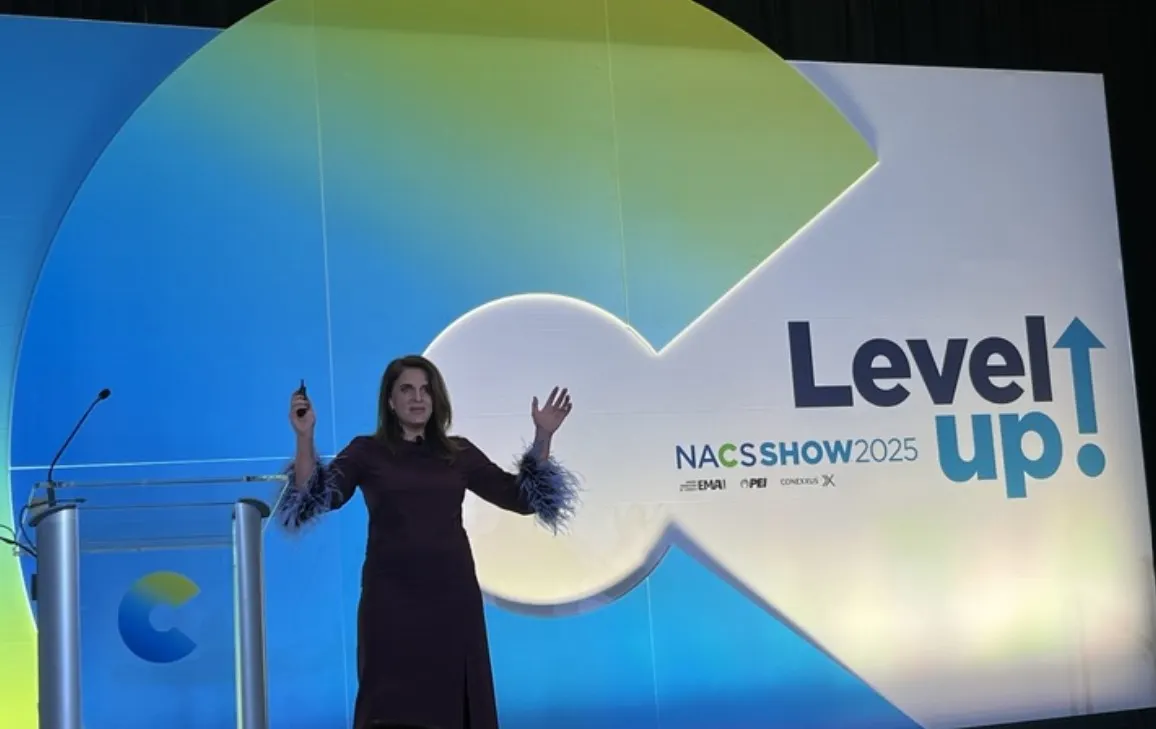
Kjerrumgaard, who has helped lead the category for RaceTrac for the past decade, said three product categories particularly stand out: intense and unique flavors, retro marketing campaigns and limited-time offers. A recent launch that hit all three of those buckets was a collaboration between two of the biggest brands in the category: Oreo and Reese’s
“We were able to go to market in a big way with Reese’s Oreo,” she said. “The Reese’s Oreo program generated a 30% lift on our total Oreo portfolio.”
And while functional snacking has been popular in c-stores for years, Kjerrumgaard said that this sub-segment continues to evolve beyond high-protein options. Consumers, she said, are also purchasing rehydration snacks and even options meant to ease stomach aches.
Negotiating takes practice and requires attention
With so many vendors trying to get their products and services into convenience stores, retailers are constantly negotiating terms and working out contracts. So it’s no surprise that “The Art of Negotiation,” featuring multiple retailers and suppliers, was one of the most crowded sessions of the day.
Before the negotiations begin, retailers and suppliers must prepare for these conversations, panelists said. That means understanding the other party’s best interests and defining both sides’ objectives.
“What’s happening with your business, the industry, the specific category you’re looking at?” said Brian Ferguson, chief marketing officer for EG America, during the panel. “What are your objective functions of the negotiation? What do you hope to accomplish?”
Once negotiations begin, both parties should prioritize asking open-ended questions, Ferguson added.
“You ask a question knowing that you’re going to listen, whether it’s a financial question, a geography question, expansion question,” he said. “Asking a couple open-ended questions right in the middle [of the negotiation], I’ve always found, is really helpful.
He emphasized that retailers avoid using round numbers when the finances come up.
“There’s no real round numbers in our business, whether it’s your store count, candy sales or beverage margins,” he said. “To ask for a round number sounds arbitrary and doesn’t seem like you’re prepared.”
Tech starts with a question
When evaluating a new tech platform, convenience retailers must first ask themselves what challenges they need to address, said Chad Kobayashi, senior director of retail technology for Maverik, during a panel discussion. This is the first of a five-step process Maverick uses when bringing on new technology.
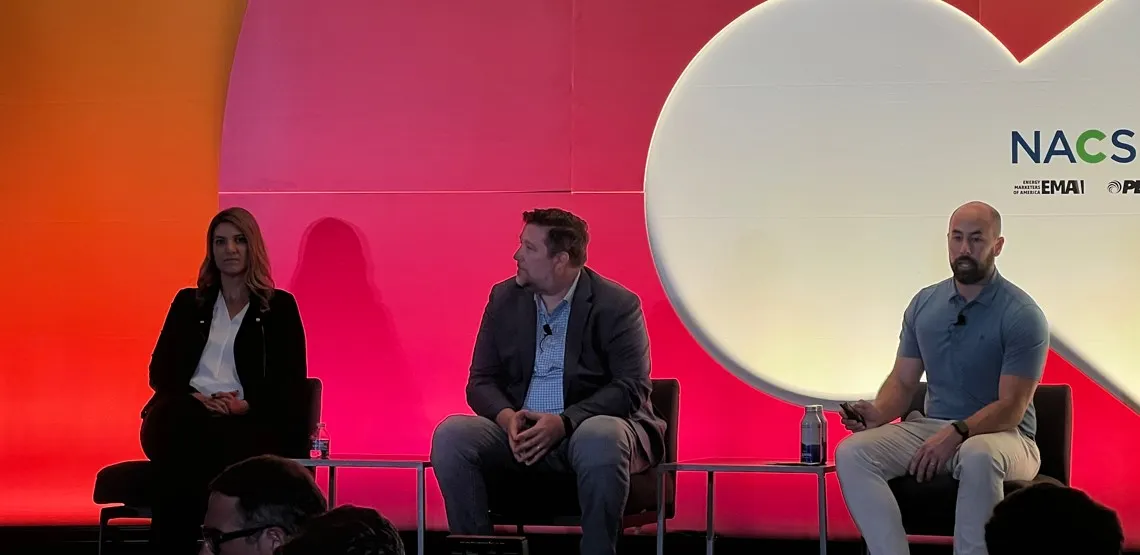
After that question is answered, retailers should look at what platforms are out there and review potential options that might be a good fit for their business. After zeroing in on a platform, it’s time to evaluate it from a technical, financial and strategic standpoint, Kobayashi said. If it is a good fit, then it’s time to move forward.
Retailers should then evaluate their technology after it’s been up and running for a bit, he added, breaking down what the company did, why they did it, how well it worked and if they want to continue doing it.
“Does [the tech] actually solve your question?” he said. “Does it actually do more, or less? You need to learn from that, and document that experience, so next time around you’re more prepared.”
When it comes to safety, consult with experts
Accidents happen. But when someone gets hurt, the people in the c-store may not be equipped to determine just how serious the injuries are. That’s why both Pilot and Holiday Oil work with a service that lets stores contact qualified healthcare professionals immediately. These programs can give workers a reliable place to turn to in an emergency.
Holiday Oil, which has 75 locations in Utah, partners with a company in Salt Lake City to provide assistance in the case of accidents. Workers press a button that connects them with a 911-certified operator, said Adam Walker, director of operations for Holiday Oil, during a panel on workplace safety.
“They'll help [the worker] analyze the situation,” said Walker. “Help them create a plan. They can help them with first aid if needed. They can dispatch fire, EMS and police to the store.”
Pilot’s program, meanwhile, gives workers an 800 number they can use to call a live nurse, said Mark Sorine, VP of enterprise safety and security for the travel center company. The nurse will ask questions to determine how the worker should handle the injury.
This program has only been integrated into a couple stores. But Sorine said the program is already “really starting to bear fruit” and will soon expand across the company.
Vape shops pose a challenge for c-stores
The public’s move away from cigarettes is old news. But another troubling trend may also be taking share from c-store tobacco sales.
While traditional cigarette outlets contracted by 13% in 2023, “vape shops grew their count by 40% between 2022 and 2023,” said Emma Tainter, research manager of analytics and programs for NACS.
The divergence continued into 2024. Almost 1% of the c-stores selling cigarettes stopped selling them that year, “largely due to what we're seeing in terms of consolidation within the industry,” Tainter noted. “But it is absolutely striking compared to the growth of vape shops, which increased by 10.6%.”
While vape shops also threaten grocery stores and other outlets selling cigarettes, the challenge is most severe to c-stores, which sell 82% of cigarettes in the U.S., Tainter said



